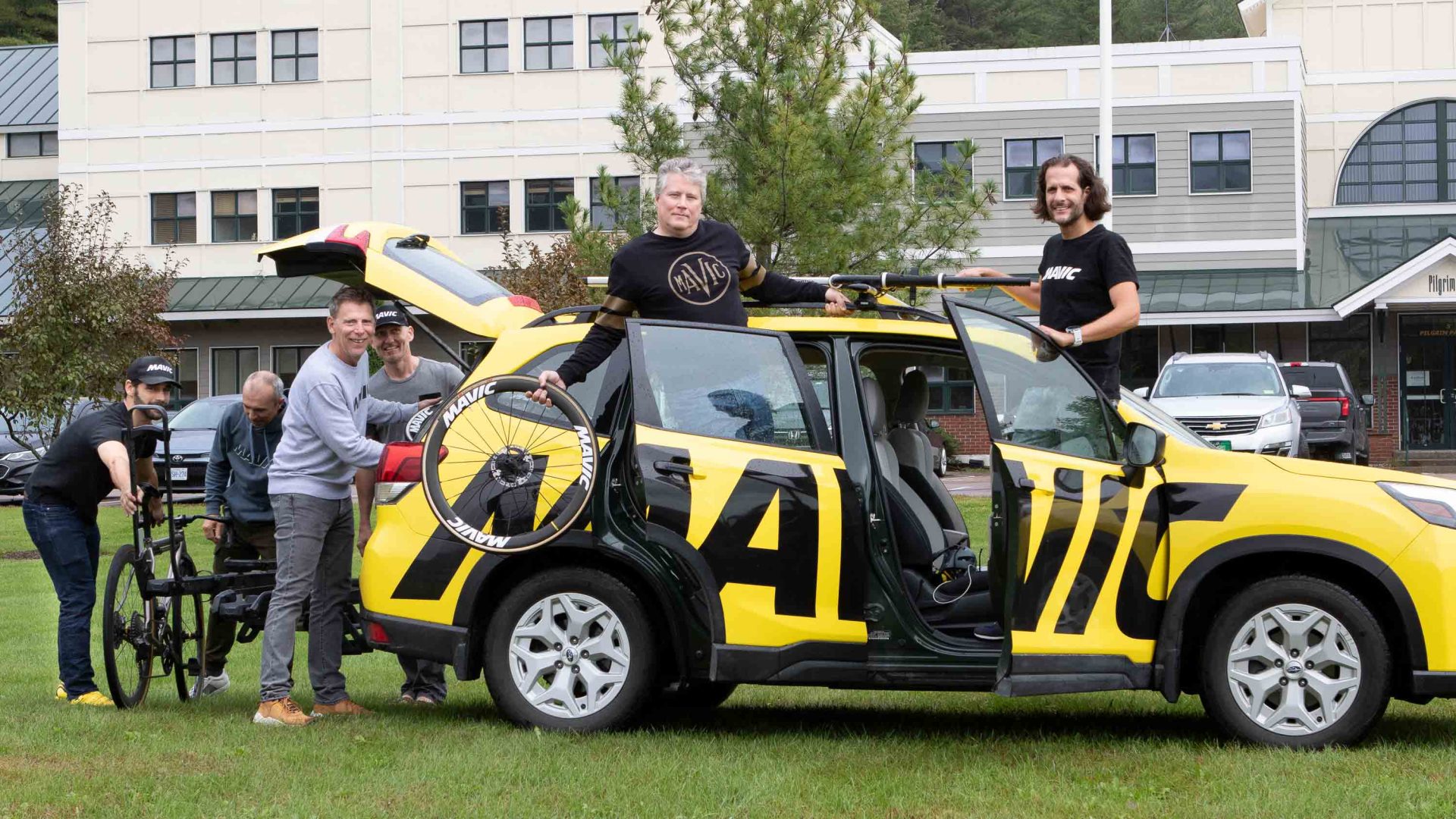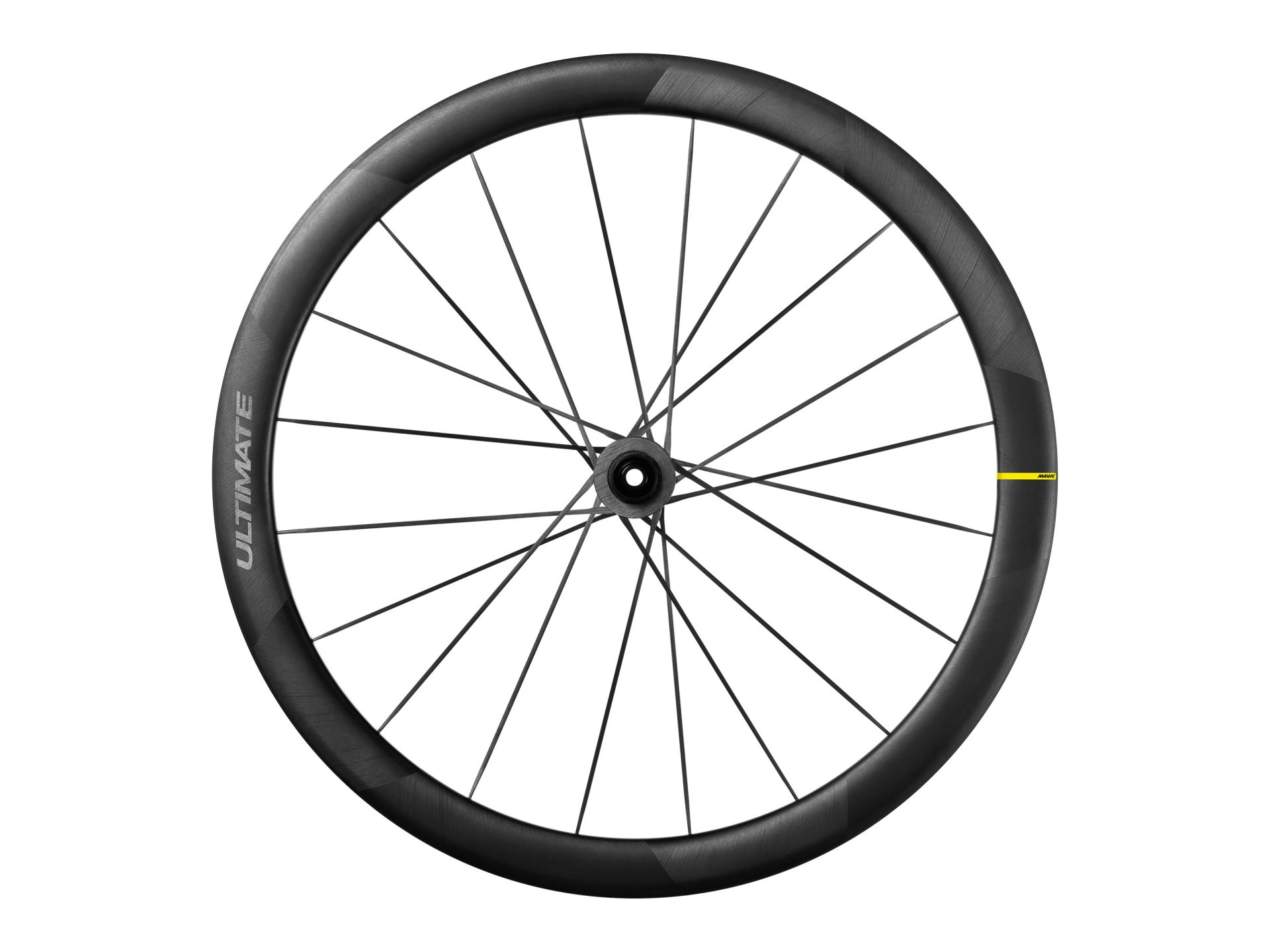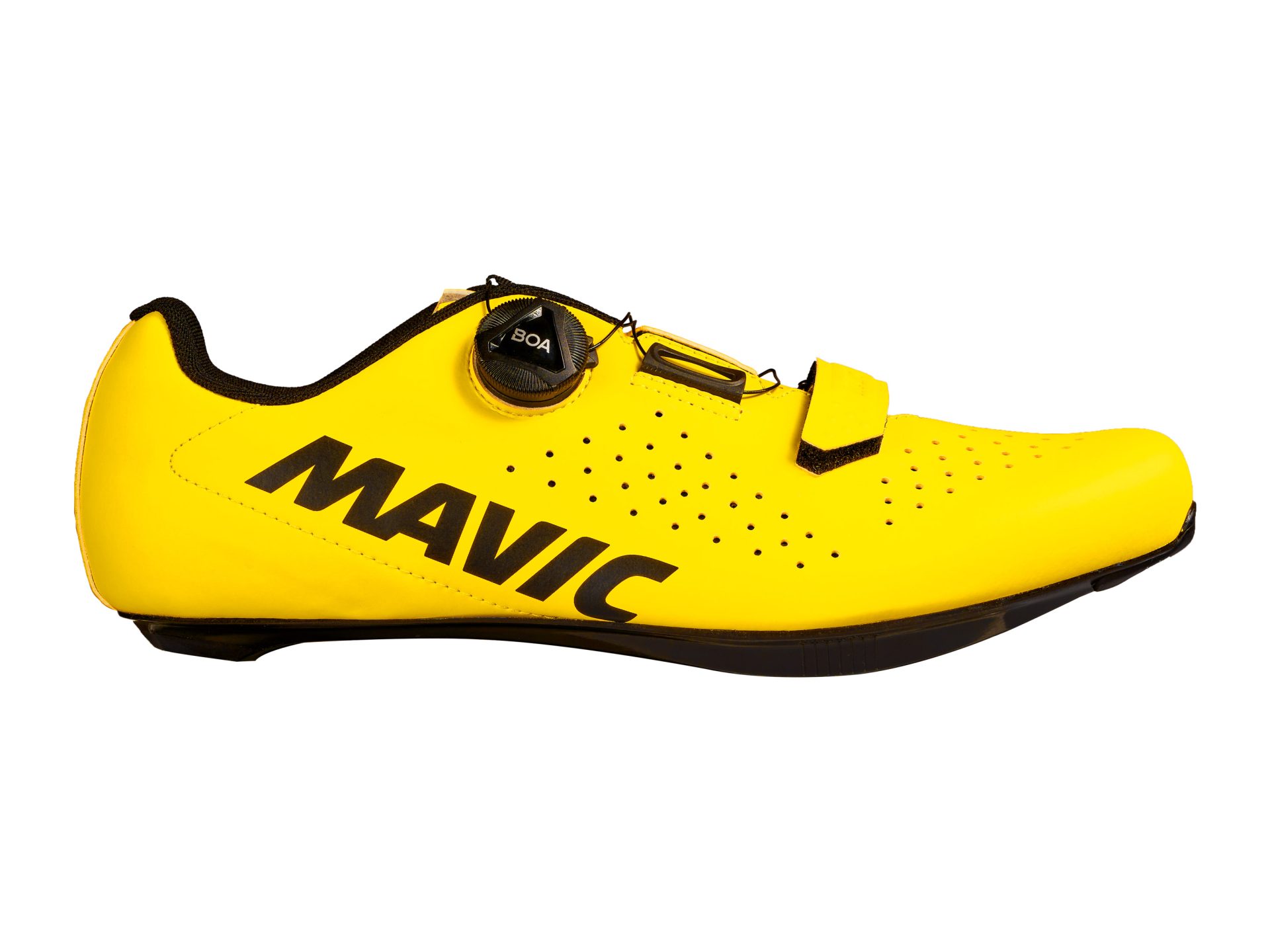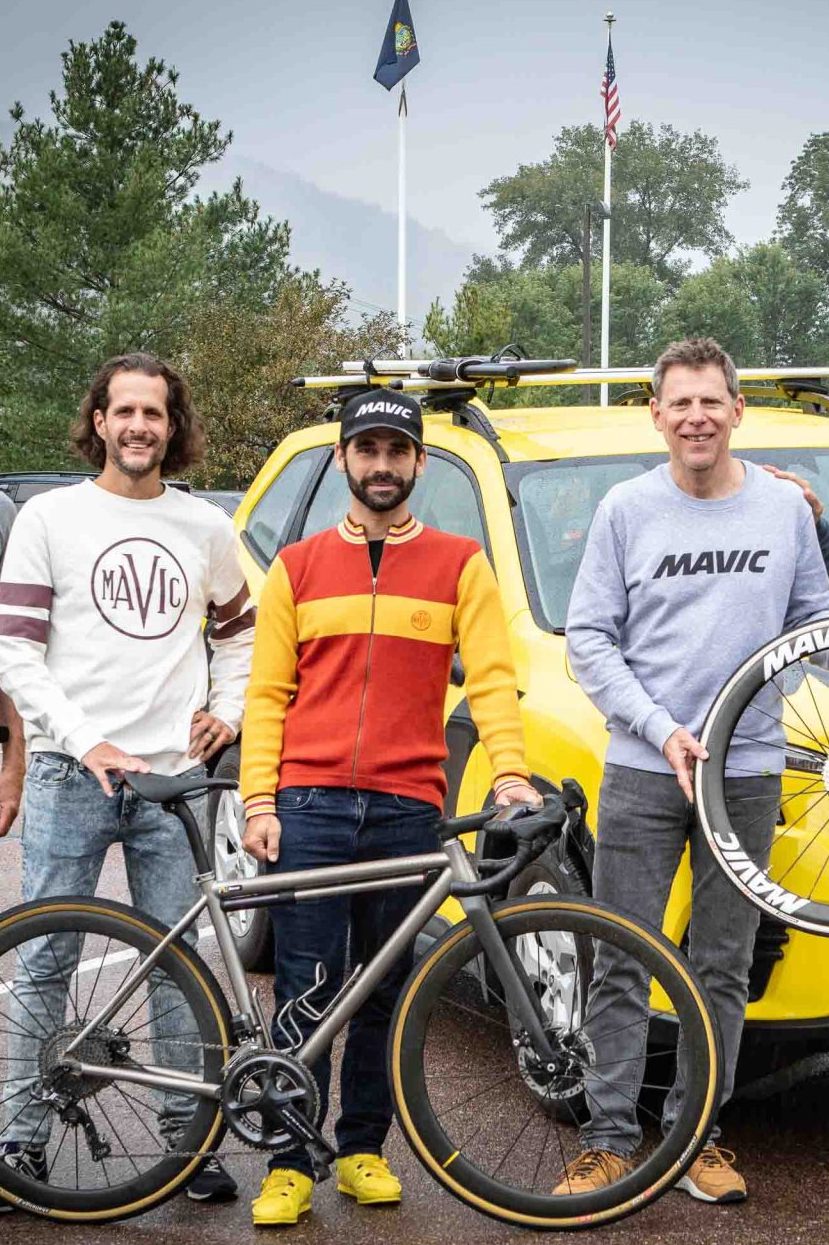After a three-year hiatus from the United States, Mavic has now officially announced its return to the market with a dedicated subsidiary and service center based in Waterbury, Vermont. At least to start, the iconic French brand will focus on what it has always done best, with plans to market, distribute, and service a full range of complete wheels and bare rims for custom builds that cater to the road, gravel, MTB, and related segments.
“Mavic has gotten their assets in order and rewritten the business plan,” Mavic North America’s new sales and marketing manager, Josh Saxe, said in an interview with Escape Collective. “They’re at the point of expansion and reopening those subsidiaries that had basically closed. The US, being a key market for the brand, has been on the radar as something that absolutely needed to happen in order to support dealers, customers, manufacturers. Anyone that’s affiliated with the brand, with the product, in the cycling space, has needed the support of Mavic back in the United States so this is a big step forward as the brand continues to expand.”
Throughout its US hiatus, Mavic remained in the Canadian market through distributor NRG/Lanctôt, and Saxe said that arrangement will continue in collaboration with the new North American subsidiary in Vermont.

According to Mavic, support will, indeed, be a big part of the return. The brand was a major player in the United States for decades, and Mavic’s tumultuous and sudden departure left many product owners high and dry, unable to get warranty replacements or even find necessary small parts. The new service center will supposedly not only handle issues moving forward on new product, but will also lend a helping hand to legacy customers for product dating back at least five years.
“We’re currently unearthing old inventories of parts and evaluating what we need to hold on to, what we don’t need to hold on to,” Saxe said. “We’ve got a bunch of priorities, but that’s a big one.”
Looking ahead
While addressing legacy customers will undoubtedly be a “big” priority, the more important one is how Mavic will be competitive moving forward. While the brand has only been out of the US for about three years, a lot has changed in that short span of time.
Pricing has gotten far more competitive across the board. Warranties are vastly more aggressive. Rider preferences in terms of wheel and rim dimensions have rapidly shifted (and continue to do so). There are more consumer-direct brands with growing customer bases, solid reputations for quality, and fantastic value.
Heck, even attitudes toward these so-called value brands have changed. Nowadays – and much as it already has been in Europe – it’s often considered pretty cool to be seen as being smarter with your money by going off-script with a lesser-known brand.
So how is Mavic – a brand that was already fighting to shed a reputation of being behind the times when it left in 2020 – supposed to be remotely competitive now?
Ultimately, it’s going to come down to the product.


“There’s a big shift away from being stuck in the ways of the past; that was certainly the perception of the brand at one point,” Saxe said. “We’re looking at what riders are using and making sure [our product is] inline with what riders are looking for. It’s a challenge, but it’s an exciting conversation to have. I think it will become apparent very quickly that this is not the old Mavic.”
Upcoming product will supposedly be very much on trend with the competition, but in fairness to Mavic (and as someone who was one of the vocal crowd that previously lambasted Mavic for being stubbornly traditional in its product development), even just a quick glance at the current lineup bears fruits of encouragement.
On the road side, there’s the Cosmic Ultimate 45 Disc, which may not be the widest thing around at 19/28 mm (internal/external), but its 1,255 g claimed weight is competitively light for that ultra-premium category, and it features one-piece molded carbon fiber construction similar to what you’d find in Lightweight, Syncros, and Partington.
More impressive in my view is an upcoming carbon-rimmed disc-brake wheelset that will apparently retail for just US$900.
Looking elsewhere, the latest all-road and gravel wheels are sporting thoroughly modern 25 mm internal widths, and even the new Deemax DH and Park wheels look fairly competitive (and without commanding a remotely exorbitant price tag, either).
Admittedly, the lineup still could use some updating, but there are nevertheless already a number of bright spots.
A question of coverage
What may present Mavic with a much bigger challenge is the question of warranty coverage and crash replacement.
In just the last few years, a growing number of brands have gone from limited-coverage warranties to full-on, no-questions-asked crash replacement policies – and not just for carbon fiber wheels, either. Whether you think this is a smart move long-term for the health of the industry is neither here nor there as far as the consumer is concerned; it’s now what a lot of buyers will expect to come with their wheels, and it’s unclear how Mavic will proceed there.
Currently, Mavic offers fixed-term warranties against manufacturer defects on its carbon and aluminum wheels, which can be extended at no cost if the customer signs up for the brand’s Mavic Care program. There is also a crash-replacement policy, but only on carbon wheels, and it only offers tiered discounts that max out at 50% within the first two years post-purchase before expiring completely after eight. Many would argue that’s already sufficient, but in what has become an increasingly hard-fought wheel market, I’m not so sure. To be fair, neither is Mavic, and Saxe admitted the topic is already being debated internally.
Interesting times ahead
Ok, so Mavic is coming back to the United States. Big deal or big whoop? The brand certainly seems to be making a concerted effort, and whichever way it goes, it sounds like this is a story that will play out over several years, not several months.
More information can be found at www.mavic.com.
What did you think of this story?


